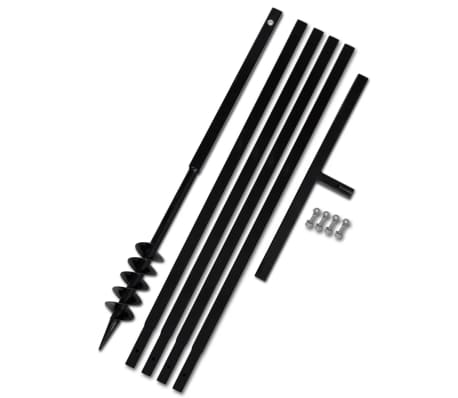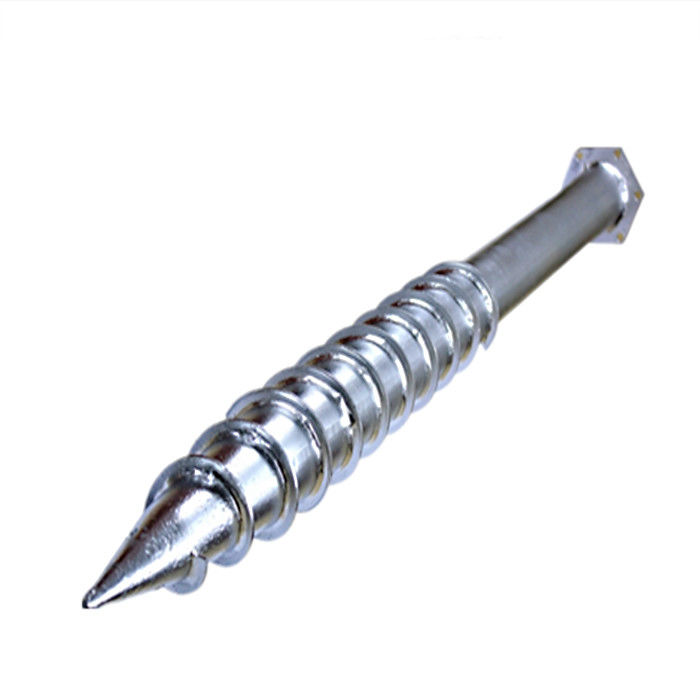
The iPhone as well as other mobiles will apply a DC voltage about 1.5-2.5V to the microphone. I'd bet Apple is not going to change the iOS behaviour in the near future ruling out millions of hands-free headphones! Simply use a 1.6K resistor, mimicking the genuine iPhone miniature microphone. My advice is simple: forget about the gory details of the different versions of iOS out there. You can find some references in the Web (I won't cite them here as I consider the information misleading) stating different threshold impedances and behaviours for the algorithms of each iOS version and device. Having said that, the truth is that different versions of the iOS and devices will employ different decision algorithms when trying to "guess" if there is an external microphone connected to the iPhone, iPad or iPod. This means, if you simply connect a 1.6K resistor between the MIC and GND connections of the TRRS connector, the iOS will switch to the external microphone (in fact, a resistor, not a microphone). The impedance of the standard Apple miniature hands-free microphone, the one integrated with the headphones they include in the iPhone 4th gen device is about 1600 Ohms. I have discarded / omitted the data which I have been unable to reproduce: This is the data I can share with you after having run my own set of experiments and having search (extensively) through the Web for other people's real hands-on tests. the ground pin (means that we have 3 parallel circuits sourced by one 1.5 V power source). Is this correct to say that the 1.5 V supplied by the iPhone 3.5 mm audio output, means that the right/left/mic pins are positive contacts with 1.5 V vs. Should I plan that the microphone impedance (includes the wire) to be 1650 Ohm (or 5000 Ohm based on the answer I will get for question #3) OR the whole prototype (microphone + wires + regular headphones I will hook to 3.5 mm connector) should be together the 1650 Ohm / 5000 Ohm?

Read some other answers on the impedance topic, that the iPhone identifies external microphone (on the headset for example) only if the impedance is ☑650 Ohm, but than, I read another answer which claims the required impedance is ±5000 Ohm. What's the current the iPhone drive on the headset microphone and what's the current driven on the headphones? Microphone and I need the separated power consumption (especially What's the power consumption per EACH part of the iPhone headset?Įach part means that there are 2 components - headphones & the TRRS plug of iPhone is built of from 4 pins: Left/Right/Ground/Mic.iPhone supply's 1.5 V on the TRRS 3.5 mm jack.
3.5 mm ground free#
Known data I gathered so far (please feel free to correct any mistake you identify): I would like to focus my question on the electrical aspects of my project for now. item #1 - microphone jack hooked to the external microphone I have.item #2 - simple headphones jack (any headphones with 3.5 mm plug can.Seems NOT to identify it (probably impedance issues - it's impedance item #3 - a microphone which for now is NOT working since the iPhone.item #5 - split point between microphone jack and headphones jack.Basically, I want to replace the iPhone's original headset microphone with another microphone, but still use the headphones to listen.īelow is an image of the prototype structure (based on 2 existing products, but it is actually not working probably due to impedance issue): This effect was observed as far back as the mid-1800s, when it was found that trains passing in opposite directions tipped precariously toward one another.I am working for a while now on a small project of building an external mic for the iPhone to be hooked in parallel to headphones (via the 3.5 mm jack). The reason is the same: The high velocity of the air between the car and the truck creates a region of lower pressure between the vehicles, and they are pushed together by greater pressure on the outside ( (Figure)). Similarly, when a car passes a truck on the highway, the two vehicles seem to pull toward each other. This pressure difference results in a net force, pushing the curtain inward. The reason is that the high-velocity stream of water and air creates a region of lower pressure inside the shower, whereas the pressure on the other side remains at the standard atmospheric pressure. For instance, shower curtains have a disagreeable habit of bulging into the shower stall when the shower is on. There are many common examples of pressure dropping in rapidly moving fluids.


As a result, the pressure drops in a rapidly moving fluid whether or not the fluid is confined to a tube. The net work done increases the fluid’s kinetic energy.


 0 kommentar(er)
0 kommentar(er)
